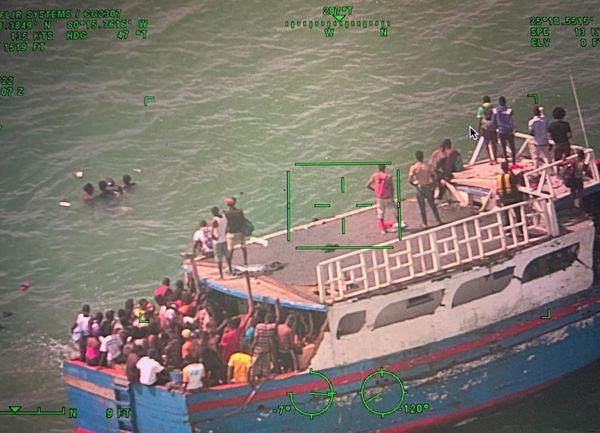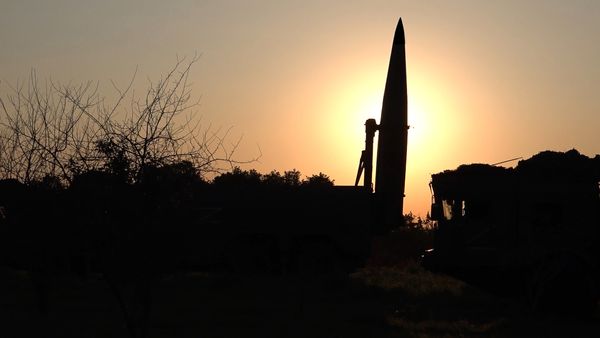
Heavy rainfall in Bengaluru
Only a few millimetres separated Bengaluru's August 2022 rainfall total (370 mm) from the all-time high of 387.1 mm set in August 1998. Bengaluru received 98.5 mm of rain in August 2021. Prior to that, rainfall totals of 75.9 mm in August 2020, 146.8 mm in August 2019, and 158.3 mm in August 2018 were recorded. Since June 1, 2022, the city has received 769 mm of rain, significantly more than the 425 mm average for this time period.
Why is Bengaluru flooded?
The Outer Ring Road (ORR), also known as the Dr. Puneeth Rajkumar Ring Road, which connects the city to its tech parks, frequently floods as a result of a lack of infrastructure. Some believe that people are bothered about the city being flooded only because it affects the productivity of the IT hub in the city. The area's infrastructure cannot support the rate of development. The area's stormwater drains are overworked as a result of the combination of precipitation and sewage.
Meanwhile, Karnataka Chief Minister Basavaraj Bommai attributed the flood to "maladministration" by past Congress-led administrations. CM Bommai claimed that his administration had embraced the challenge of restoring Bengaluru and preventing similar incidents from happening again.
As many as 110 villages were combined into Bruhat Bengaluru Mahanagara Palike (BBMP) in 2005, according to activist Nagesh Aras, but the city corporation hasn't bothered to connect the villages with the city's sewage infrastructure. Because of this, the stormwater drains malfunction, allowing rainwater and raw sewage to overflow onto the ORR, the activist told The News Minute.
Because there are no culverts along this stretch, rainwater and sewage water are forced to build up, which results in waterlogging. The highway acts as a dam for the water. According to reports, Bengaluru's drainage infrastructure is unprepared to handle periods of unexpectedly severe rainfall. Garbage frequently clogs drains, which limits the flow of sewage, and they are too small to support the weight of the expanding population.
Aras mentioned during a podcast with Deccan Herald that both the road network design and the leak system design are incorrect at this moment. Also, there is no proper planning to use lakes to buffer extra water.
Also Read: Tractor rides to reach office: New experience for techies in Bengaluru
The BBMP is in charge of stormwater drains, and it has been charged with connecting a number of roadside drains to larger drains, which in turn connect to second- or higher order streams.
As a part of a "Master Plan", the BBMP is seeking to hide the unrestricted sewage influx into streams, which is a “recipe for disaster", according to Citizen Matters.
What is the solution?
Flooding can be avoided if each plot is given responsibility for the stormwater by storing or recharging into a well every drop of rain that falls on the land, according to Citizen Matters. Additionally, it is recommended that permeable surfaces rather than full concrete be utilised in locations such as parking lots, footpaths, walking and jogging lanes, common areas in apartments, companies, and other large structures.
“These are large problems, with no easy answer. As a result of all the accumulated errors of the past, the only solution left today is years of diligence in undoing some of the damage, step by step. We cannot treat that as someone else's problem or responsibility," Urban Planning expert Ashwin Mahesh tweeted.
Also Read: Bengaluru rain: Employees asked to work from home due to flooded roads
“There is no solution without (a) some demolition and clearing, and (b) public participation. This is a socio-political problem. The sooner we get to some part of these two, the likelier a solution will be. Else, the next flood will remind us, even harder," Ashwin said in another tweet.
To develop a long-lasting solution, all parties must acknowledge the issues and adopt a thorough strategy. Business analytics’ professional Raghavendra Prasad B R, while sharing a comparative study of what changed between 2002 and 2022, said people should refuse to take up an apartment from encroached lands, make politicians and bureaucrats accountable, and raise voice at available forums.







